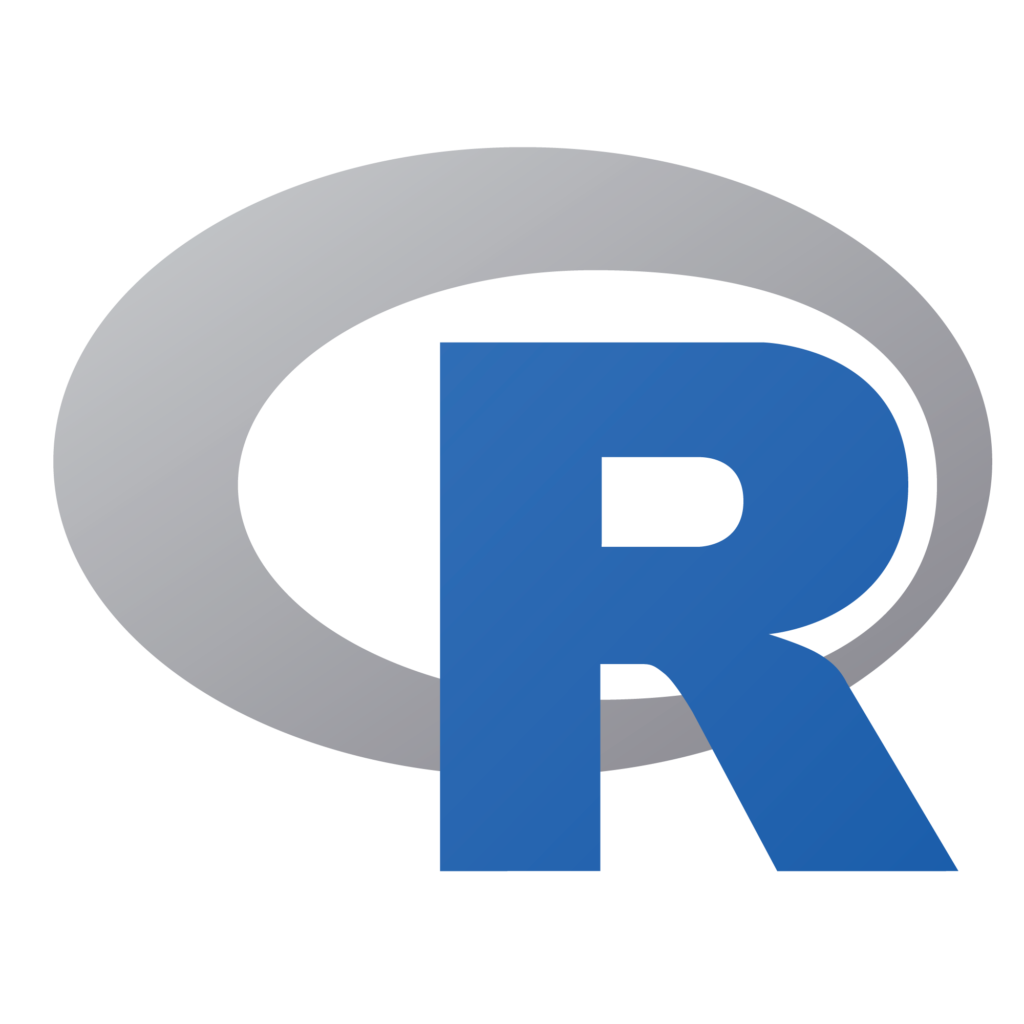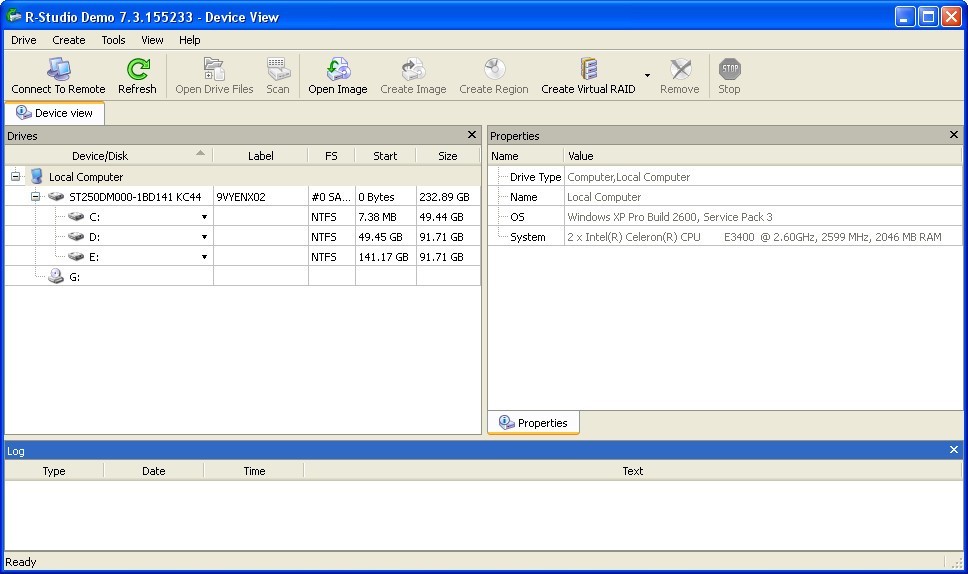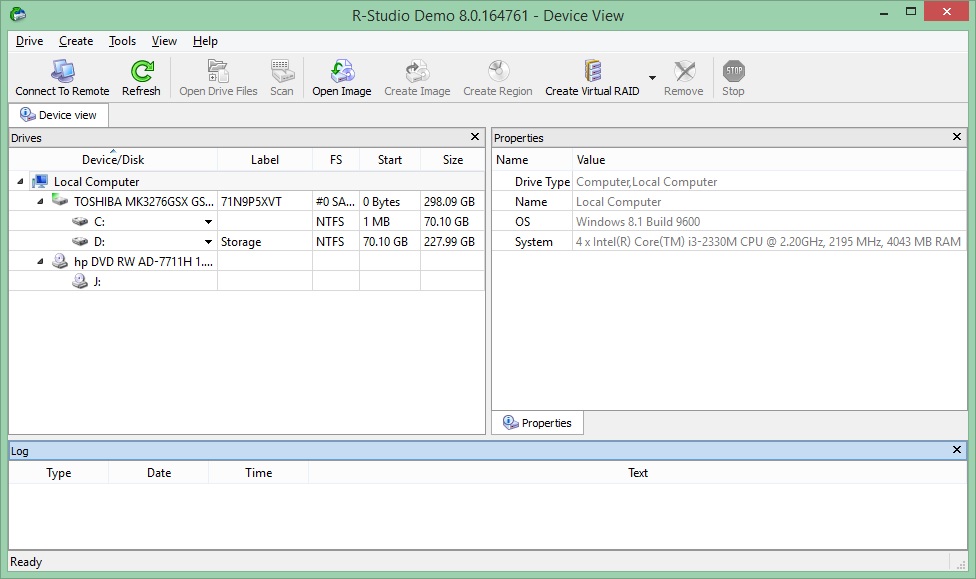

By contributing to this book, you agree to abide by its terms. Please note that R4DS uses a Contributor Code of Conduct. Please make a donation to Kākāpō Recovery: the kākāpō (which appears on the cover of R4DS) is a critically endangered native NZ parrot there are only 213 left. If you’d like a physical copy of the book, you can order it from amazon. This website is (and will always be) free to use, and is licensed under the Creative Commons Attribution-NonCommercial-NoDerivs 3.0 License. You’ll also learn how to manage cognitive resources to facilitate discoveries when wrangling, visualising, and exploring data. You’ll learn how to use the grammar of graphics, literate programming, and reproducible research to save time.

These are the skills that allow data science to happen, and here you will find the best practices for doing each of these things with R. Just as a chemist learns how to clean test tubes and stock a lab, you’ll learn how to clean data and draw plots-and many other things besides. In this book, you will find a practicum of skills for data science. R4DS teaches you how to do data science with R: You’ll learn how to get your data into R, get it into the most useful structure, transform it, visualise it and model it. You may instead want to consult the work-in-progress 2nd edition at this should be complete by early 2023. These tracks are not meant to be exhaustive, but instead are designed to help you become productive in the minimum amount of time, based on your experience level.This is the website for the first edition of “R for Data Science”, published January 2017. We have created three tracks to help learners navigate the R ecosystem. Yet, when RStudio asks students about their biggest challenges in learning R, respondents overwhelmingly answer that survey question with another question: where should they begin?

Whether you are just beginning R or have many years of data science experience, R offers a plethora of choice. However, after more than 25 years of development, the R ecosystem can seem overwhelming to newcomers. All these features help you think about problems as a data scientist, while supporting fluent interaction between your brain and the computer. R is not just a programming language, but it is also an interactive ecosystem including a runtime, libraries, development environments, and extensions. We think R is a great place to start your data science journey because it is an environment designed for data science.


 0 kommentar(er)
0 kommentar(er)
